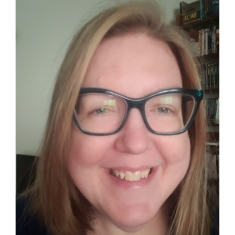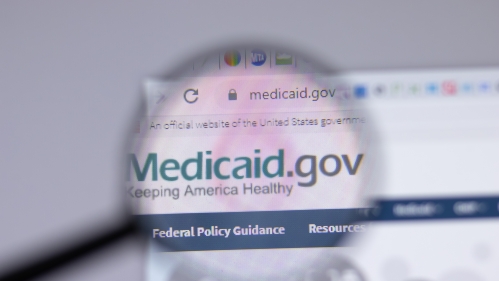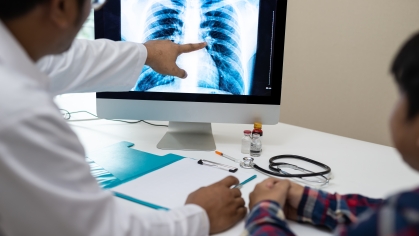
Medicaid plays a crucial role in the U.S. healthcare system, providing coverage to millions of individuals, including children, older adults, and people living with disabilities. Efforts to strengthen Medicaid have contributed to historic reductions in racial and ethnic disparities in healthcare and increased access to preventive care, helping more people receive critical services such as cancer screenings.
However, Medicaid's future remains uncertain as proposed funding cuts could significantly impact those who rely on it, especially in states like New Jersey. We sat down with Gwyneth M. Eliasson, an assistant professor at the Rutgers School of Public Health, in recognition of Medicaid Awareness Month to break down what Medicaid is, who it serves, and what’s at stake.
---
What is Medicaid?
Medicaid is a public health insurance program jointly funded by the federal and state governments. Created in 1965, Medicaid covers low-income people who meet its eligibility requirements. Medicaid is overseen by the Centers for Medicare and Medicaid Services (CMS) – a federal agency within the U.S. Department of Health & Human Services (HHS) – but each state runs its own Medicaid program and chooses some benefits for its residents.
Who is covered by Medicaid? And how many are covered in New Jersey?
Nationally, about 80 million people – 1 in 5 individuals – are covered by Medicaid. Eligible groups include pregnant people, children, people living with disabilities, and older adults (age 65 and up). More specifically, Medicaid covers about 40% of all births, and 5 in 8 residents of nursing homes.
In New Jersey, approximately 2 million people are enrolled in Medicaid; the program covers about 30% of all births, 1 in 3 children, and 4 in 7 residents of nursing homes in the state.
What services does Medicaid cover?
Medicaid covers both preventive and primary care, such as doctor’s visits, as well as long-term care (LTC), including nursing homes. Medicaid also covers home- and community-based services (HCBS), such as skilled nursing visits, physical therapy sessions, and home health aide hours. Medicaid is the primary payer for LTC, covering more than 60% of its costs. Medicare – the other public health insurance program created in 1965 – does not cover LTC. Medicaid coverage helps people stay healthy in their homes, thus reducing emergency room visits and hospital stays.
What is happening with Medicaid? And how could potential changes affect New Jersey?
Currently, Congress is considering a funding cut of $880 billion, mainly from the Medicaid program. Possible methods include putting a cap on the amount of federal funding.
Since the federal government pays for at least 50% of the costs of New Jersey’s Medicaid program, a multibillion-dollar funding cut would lead to a significant number of people losing their coverage. In addition, such a cut could have a ripple effect on the Garden State’s healthcare and hospital systems, particularly the size of their workforce.
Where can I find out more about Medicaid? And how can I keep up with developments?
- Commonwealth Fund video: "What Is Medicaid?"
- Kaiser Family Foundation: "Medicaid 101"
- Kaiser Family Foundation: "Medicaid in New Jersey” State Fact Sheet
- To stay informed: The National Health Law Program (NHeLP) “Medicaid Defense”
- Justice in Aging Factsheet: "NJ FamilyCare is a Lifeline for Older Adults and People with Disabilities"



